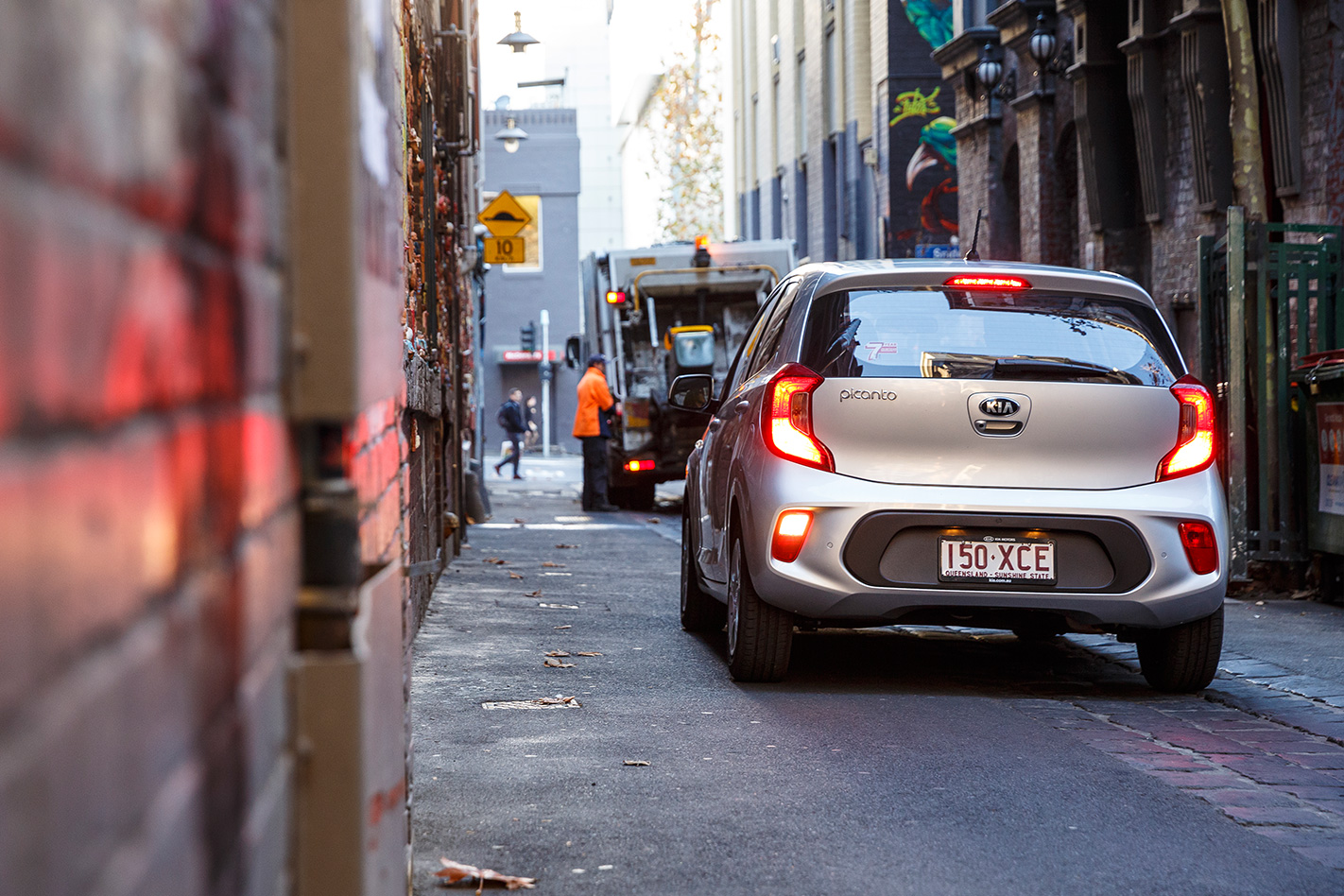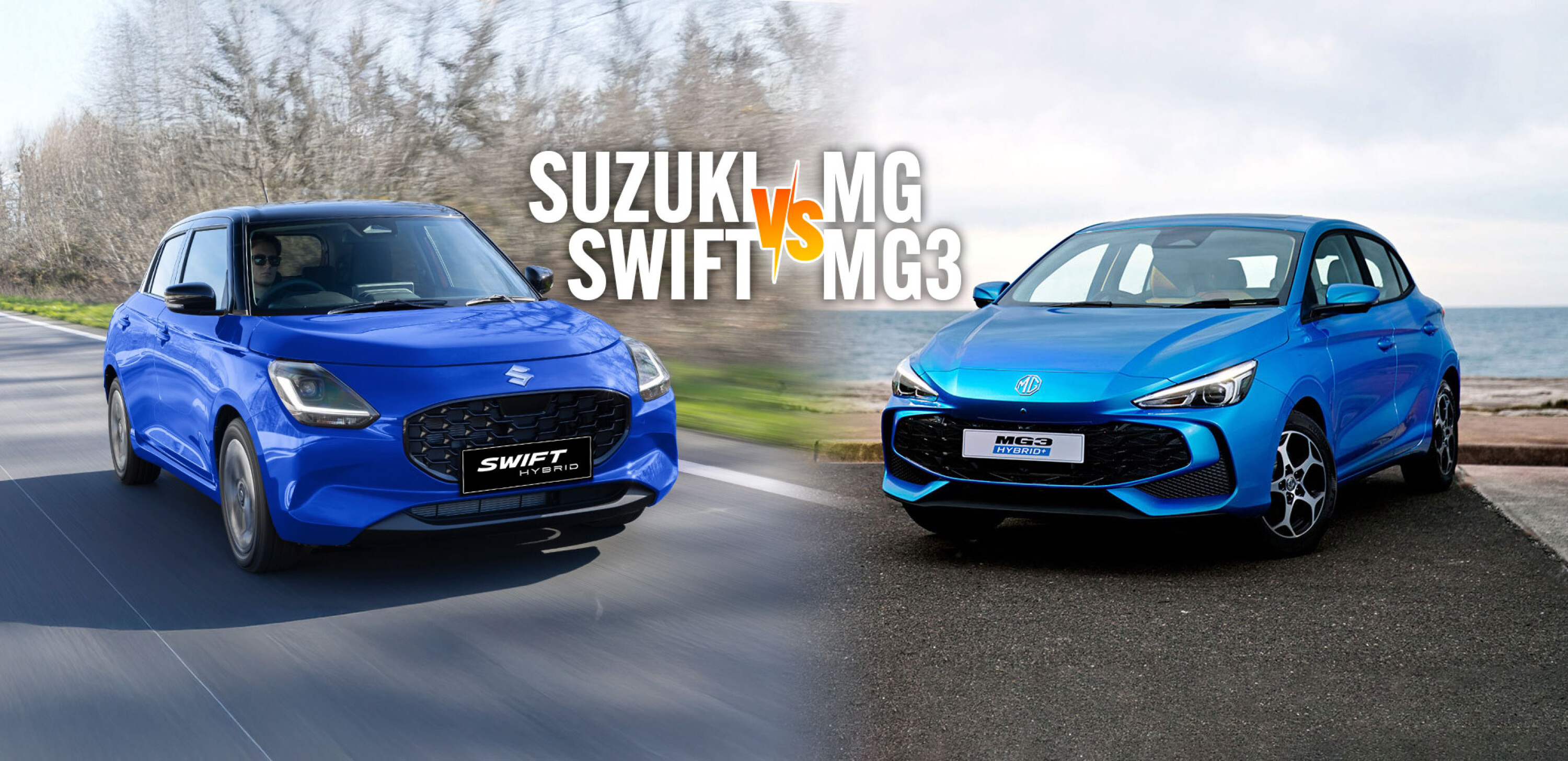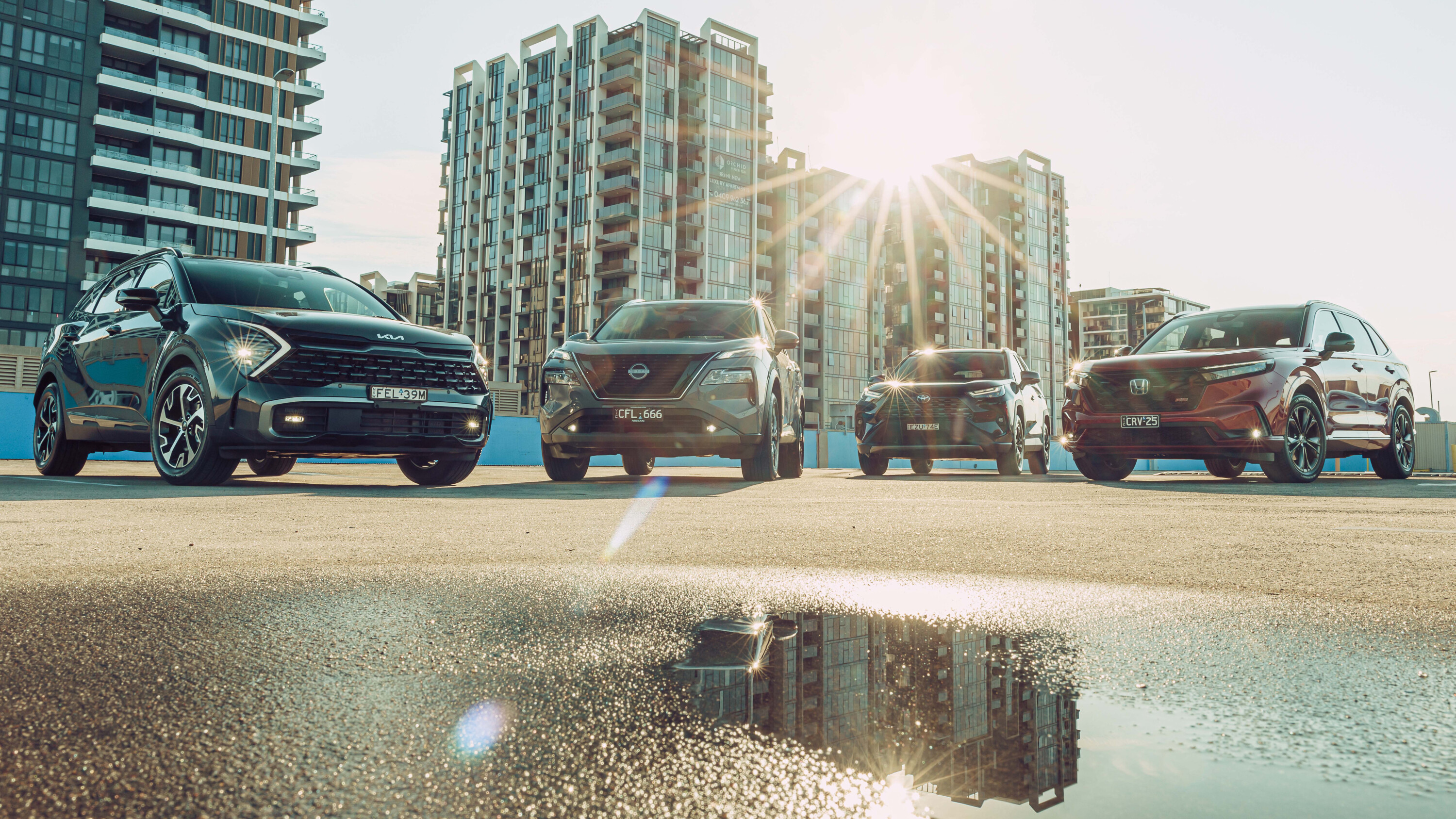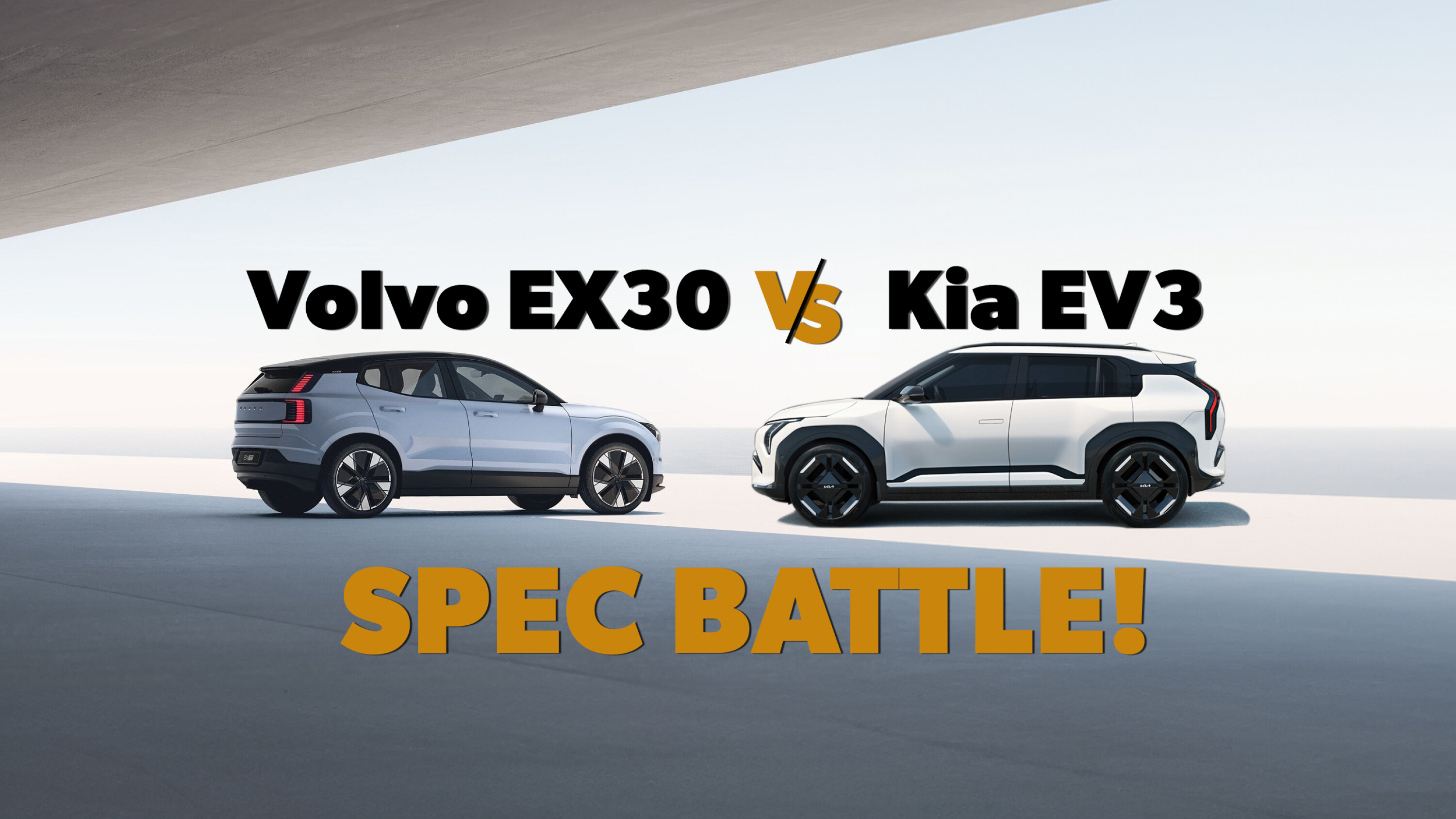MY MAMMA Maria says the best way to judge a pizza place is by its Margherita.
Get that humble classic’s tomato, mozzarella, basil, olive oil and salt recipe right and the rest of the menu invariably follows.
Experience suggests that the same rule applies to car makers.
If the base model delivers then the ones with extra toppings should too.

The Korean baby took 12 years to get here, but when the (second-gen TA-series) Kia Picanto did finally did appear, it made waves with keen pricing ($15K drive-away with auto), smart styling and a generous equipment level.
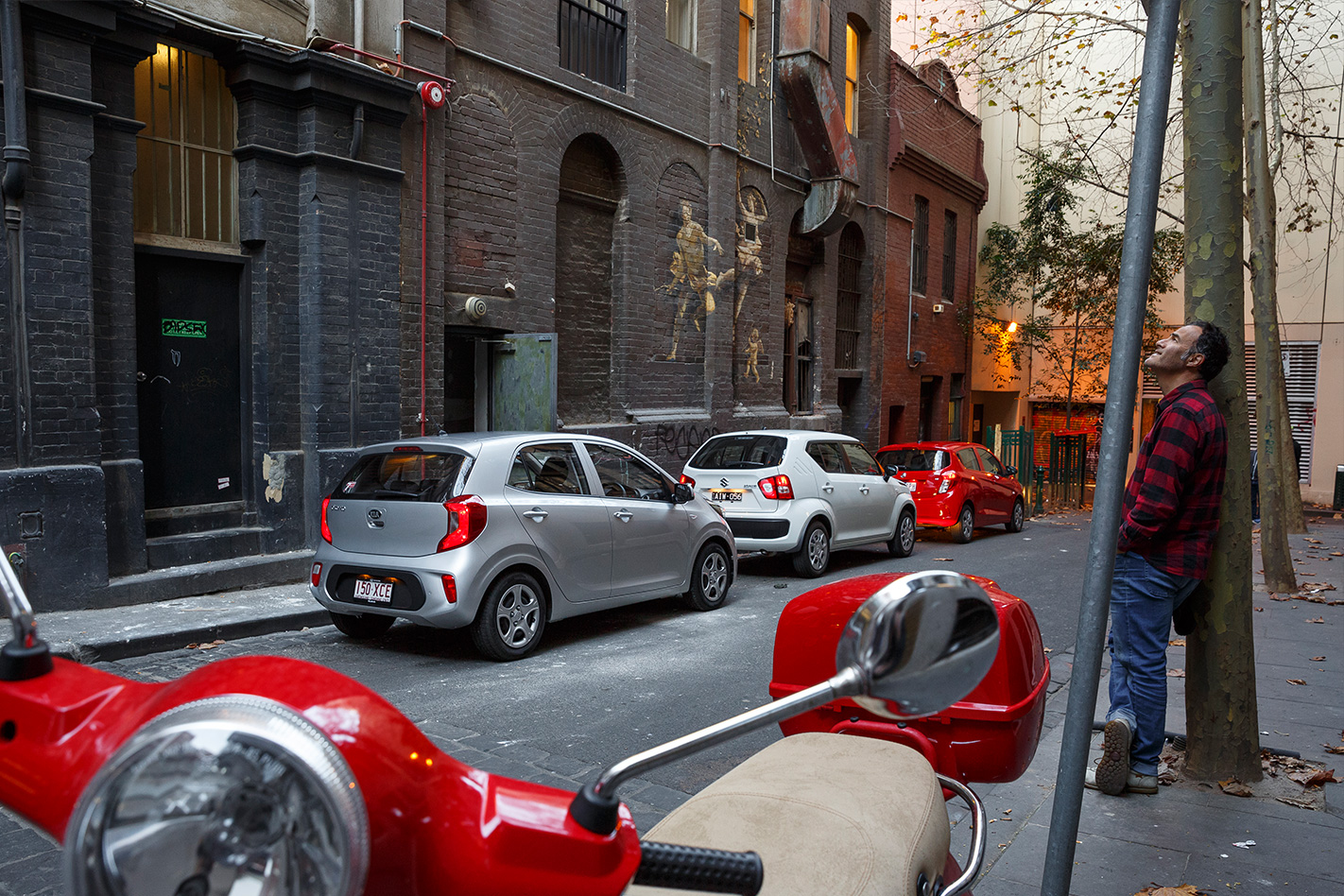
Probably the Picanto’s most interesting addition is a manual offering at last, and not only because it ought to be more fun than the four-speed auto alternative. Starting from $14,190, adding on-road costs nudges that towards the auto’s $15,690 drive-away, though Kia insists its dealers will talk turkey at “under $14K drive-away” for the Pic with a stick. Confused?
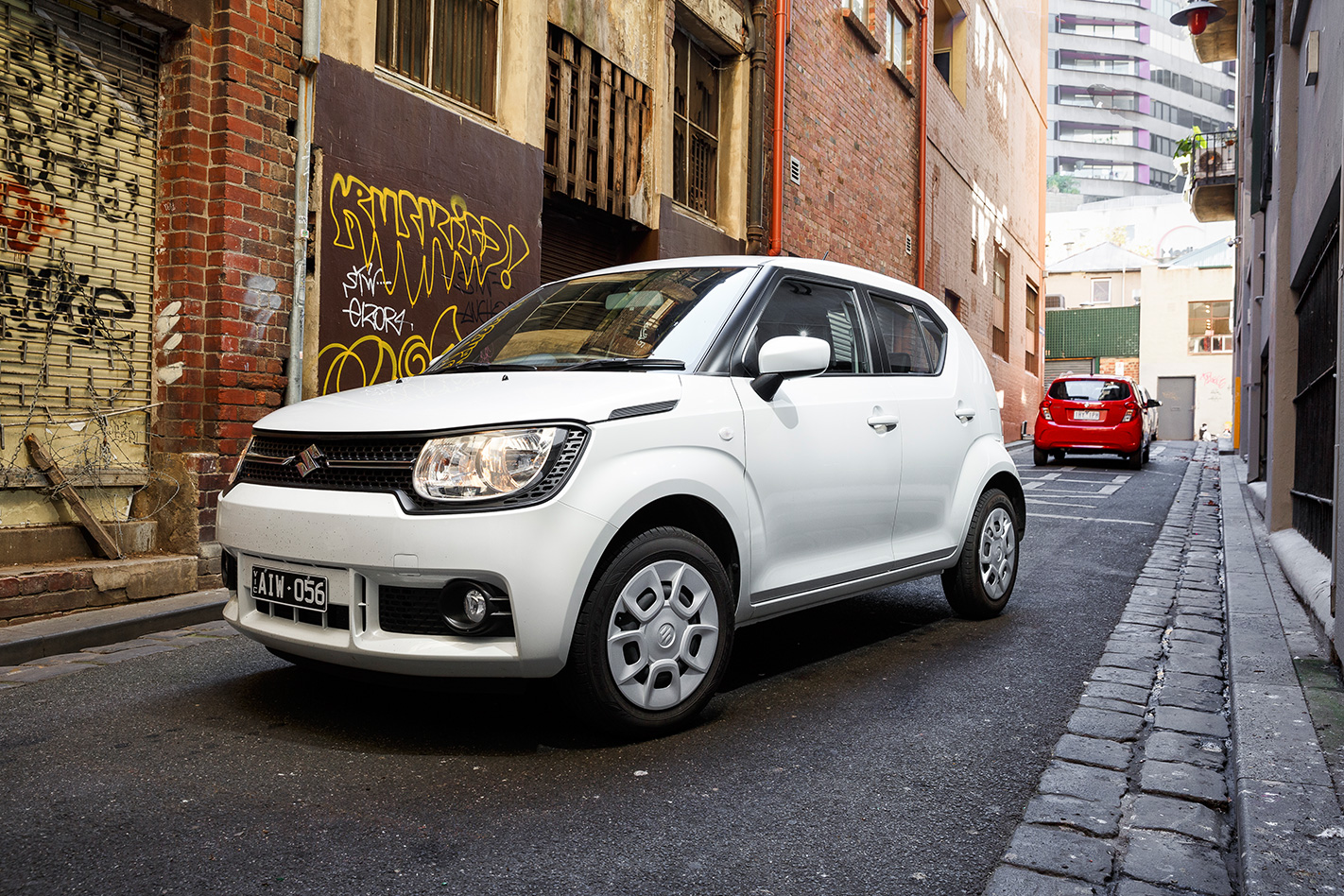
The manual Ignis GL (the 70s themes don’t end with the design) kicks off from $15,990, but does usher in this trio’s only integrated sat-nav (instead of relying on smartphone apps via Apple CarPlay/Android Auto tech), a leather-wrapped steering wheel, and the largest luggage capacity here at 271 litres.

So is The General’s moppet fit enough to fend off fresh challengers from the same brands this time around? We’ll see.
The Picanto’s nuggety exterior styling is reflected inside, majoring in all the functionality fundamentals such as space, seat comfort, driving position, instrumentation clarity, switchgear ease, ventilation effectiveness and storage capability, while excelling with many of the minor details as well. That chunky wheel’s feel. The clarity and consistency of all the markings. The simplicity of the central touchscreen. The trim’s appearance. They’re all deftly executed. The same applies out back, due in no small part to wide doors that allow unencumbered entry, a substantial cushion, sufficiently angled backrest and mood-lifting brightwork.
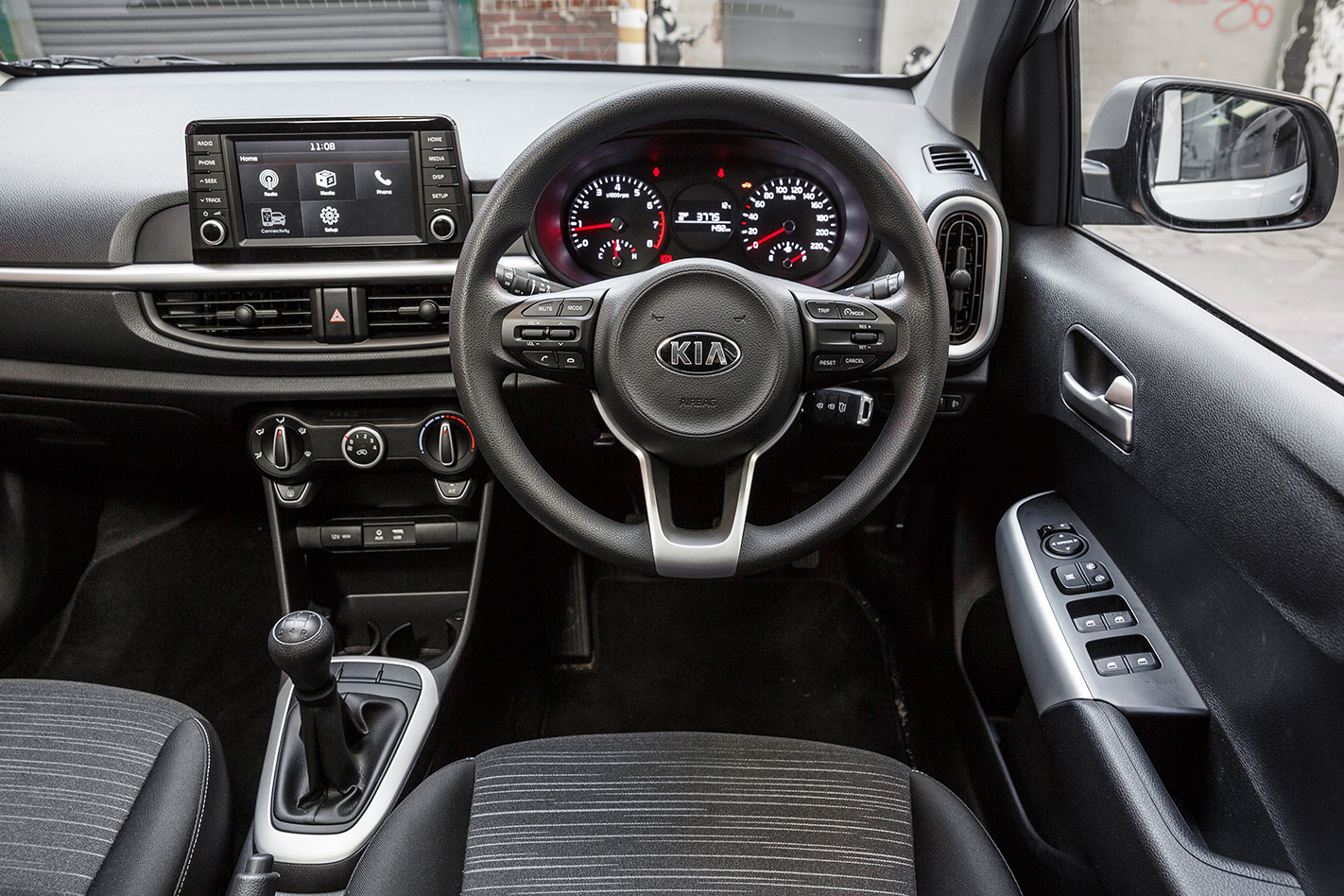
But not even English tabloid readers are gullible enough to believe they’re in an SUV, particularly as the driver won’t be able to raise the GL’s seat to take advantage of all that headroom. And while the rear is generous in its padding and knee space, there just isn’t enough cushioning to keep posteriors from being pounded by the stiff suspension. It’s a real lost opportunity for the Suzuki to hammer home its dimensional advantage.
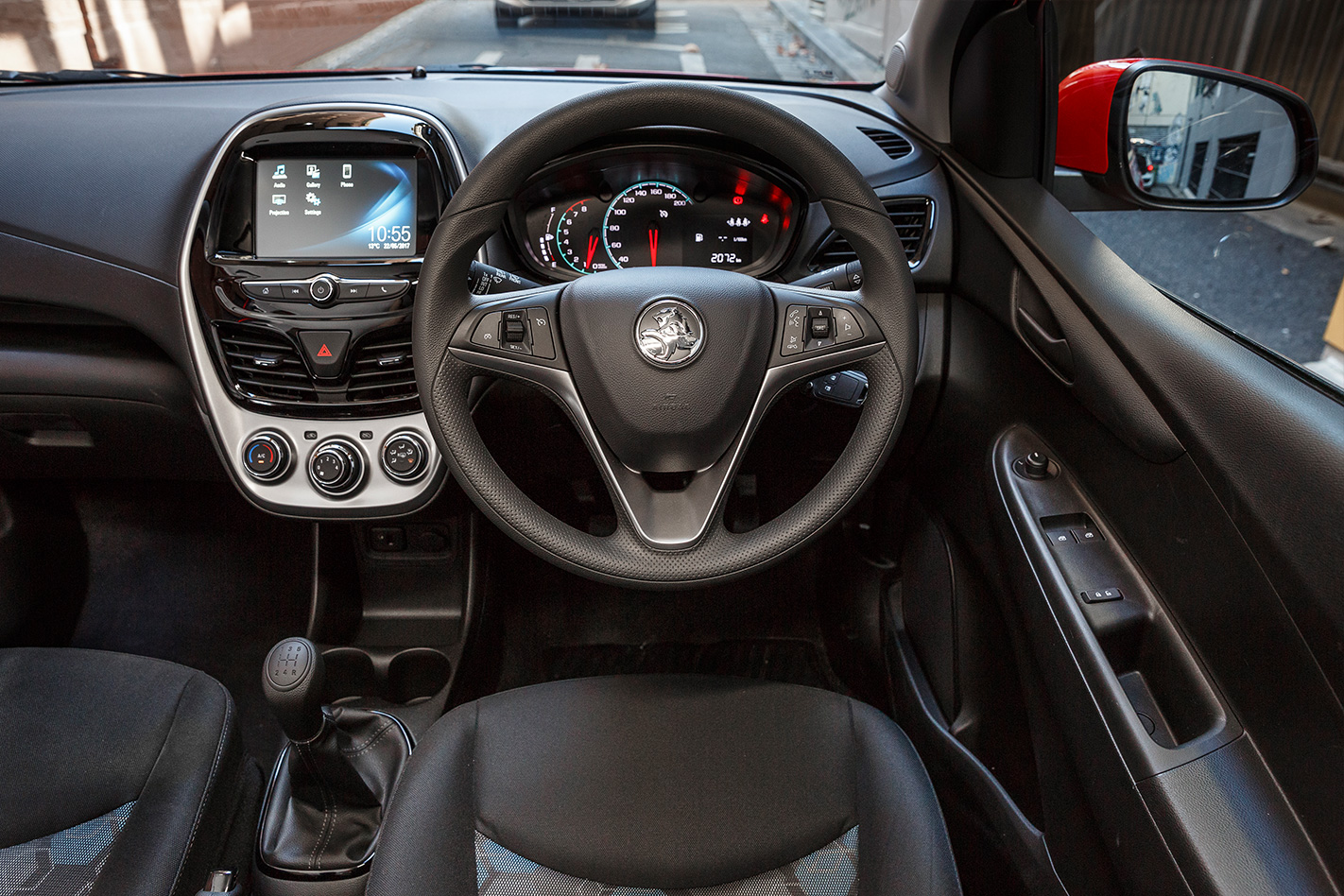
But why did the designers give up past the first row? Dinky back doors make access tricky for larger folk (despite ample space once seated). The surroundings are drab; the backrests too upright; the cushion somewhat flat (if quite lofty); and noise intrusion more noticeable than in the others. Conversation can even get shouty at highway speeds. A curious contrast inside then, since the Spark is both the most refined and cushiest-riding up front.
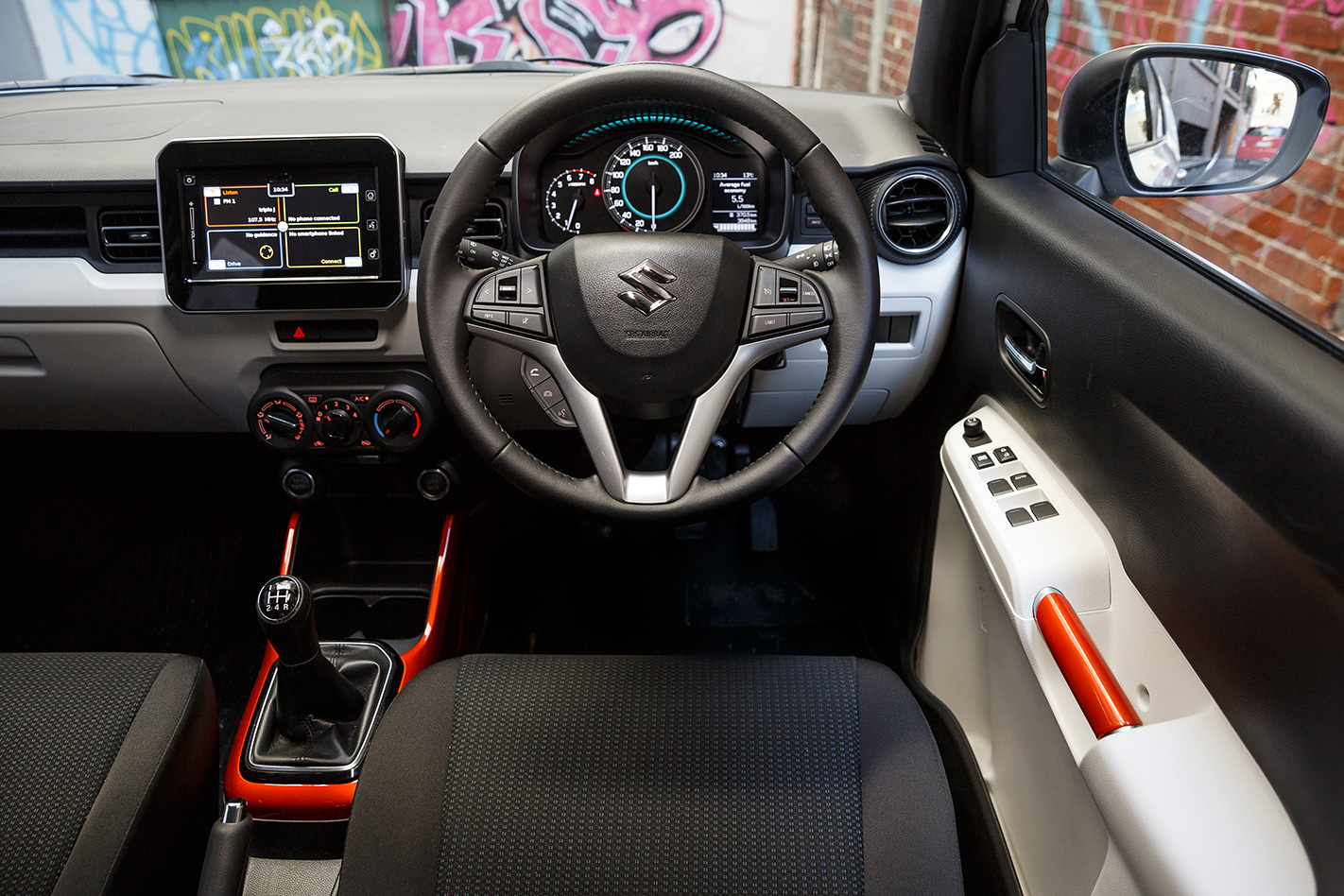
Still, considering the freshness of the Spark’s heart, we hoped for a stronger showing. It’s only 0.1sec faster than the Picanto, and absolutely throttled by the speedy Ignis, which at 10.6sec is a full second quicker to 100km/h.
We suspect a dead spot in the Spark at about 4000rpm is to blame, where torque levels taper off, though it does pick up again by 5600rpm, and will pull energetically to the 6600rpm cut-out. Did GM design this engine mainly around a turbo, before spinning off an atmo version later on? Luckily the gear shift is super sure and positive, perhaps the loveliest ever in a front-drive Holden.
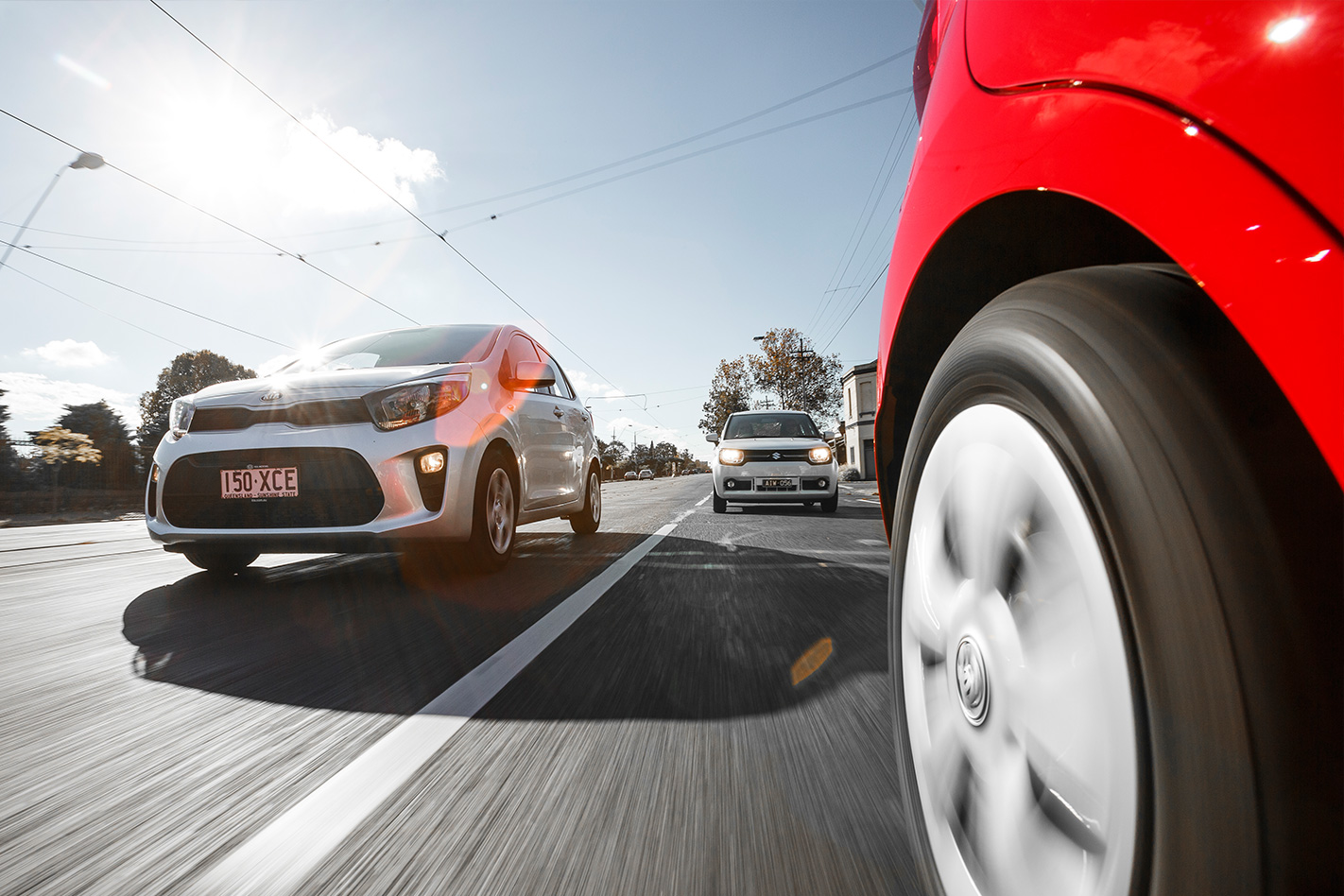
There’s a consistency to the Picanto’s power delivery that reflects the rest of the car, exceeding expectations just enough to impress. Mid-range acceleration isn’t only spirited, it’s also easy on the ear as well. That the fuel consumption is 0.3 litres per 100km more miserly than the Spark means the years haven’t wearied the hatch with the oldest powertrain here.
Yet the honours for both performance and economy go to the experts in small car engineering, Suzuki.
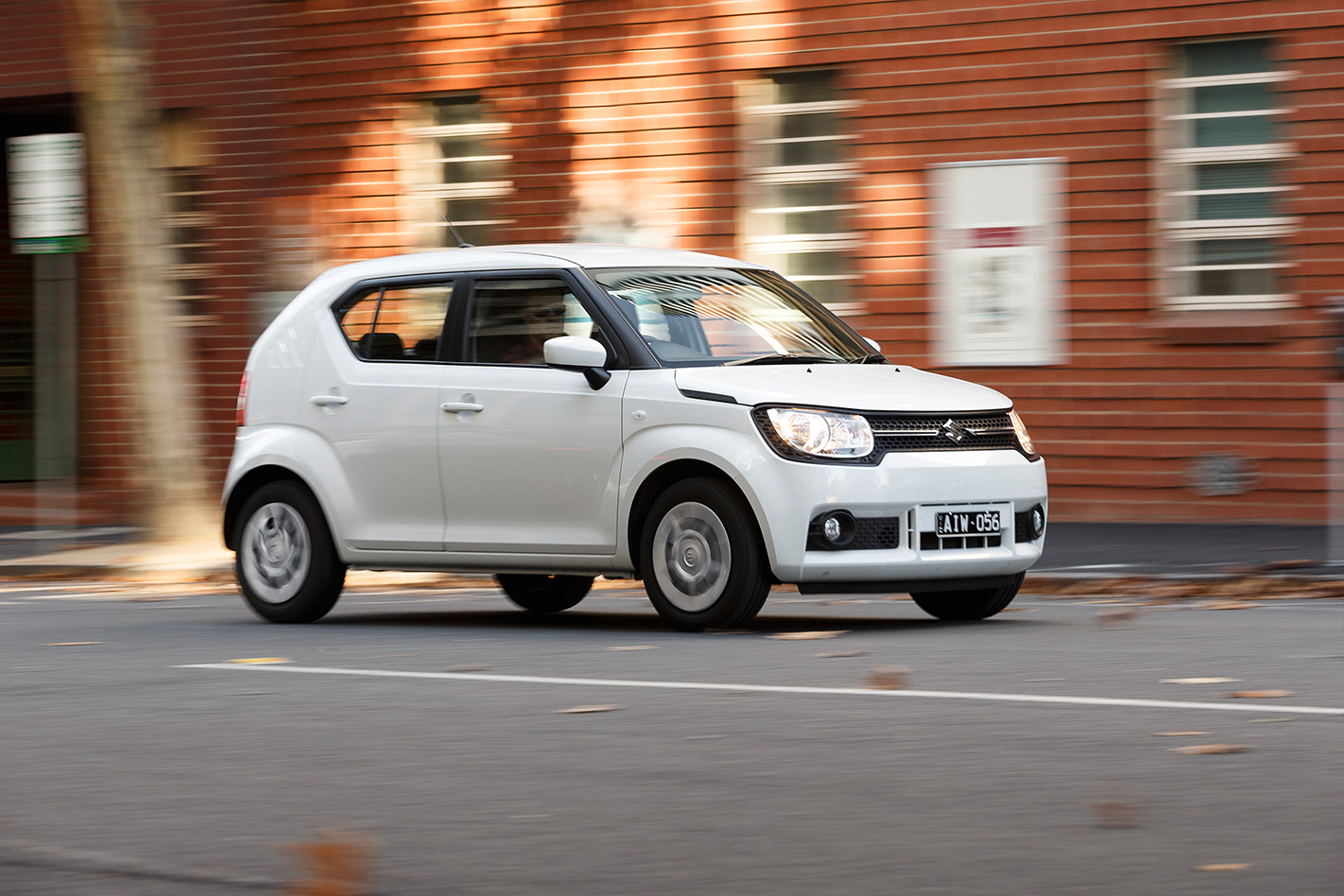
Initially at least, the Ignis’ synthesis of sass, space, spec, speed and parsimony squared it up as the front runner by a country mile – an ironic metaphor, sadly, since deteriorating rural roads subsequently exposed worrying cracks. Only settled on the glassiest surfaces, the ride went from stiff to smarting, with the suspension transmitting bumps and jolts ceaselessly, provoking vociferous complaints from the back seat.
Then there’s the steering. At 3.6 turns lock-to-lock, the payoff is a tiny turning circle for effortlessly light inner-urban manoeuvrability. But beyond the tight confines, at speed, the rack’s ratio switches from relaxed to nervous, prompting constant corrections.
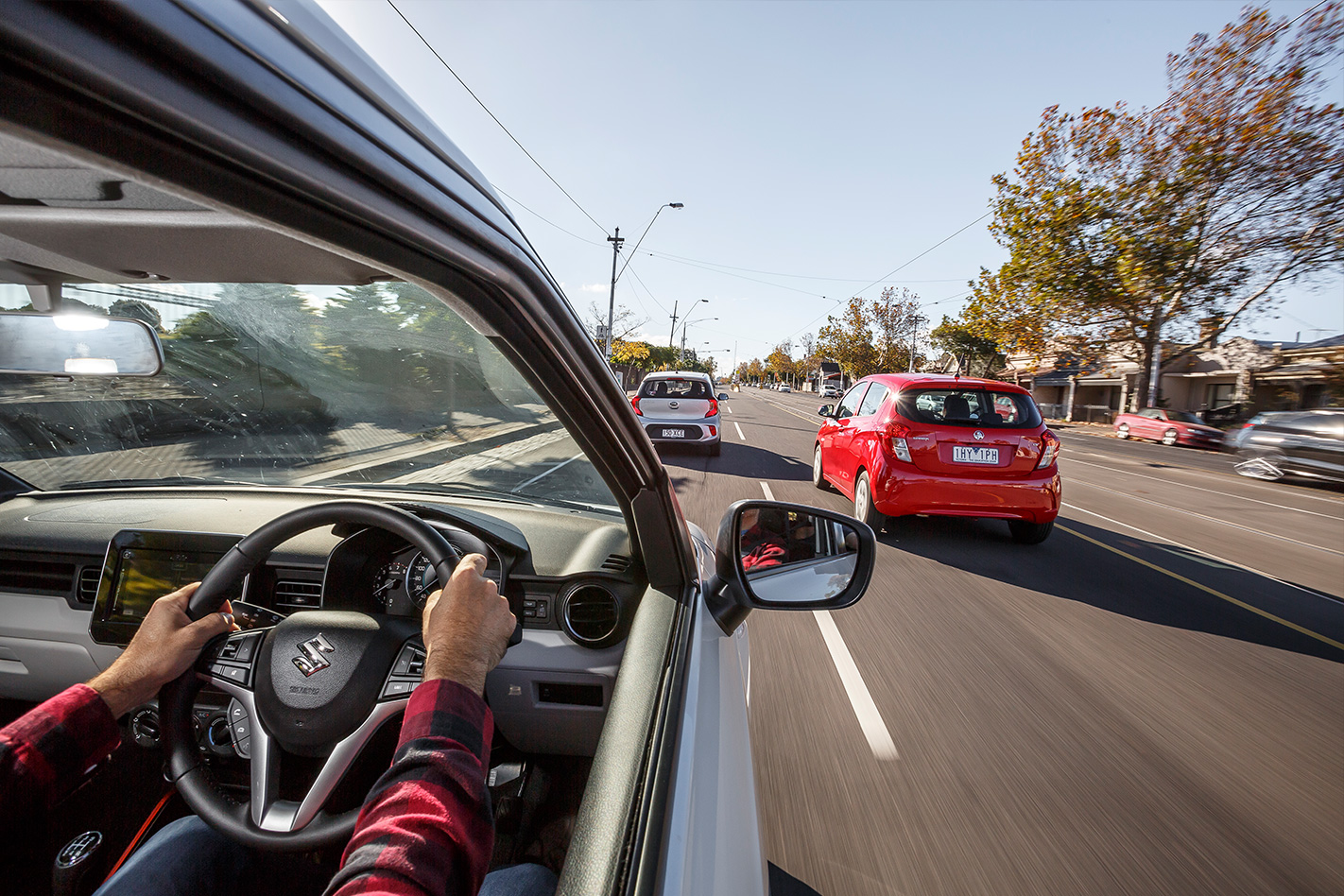
The steering, for starters, provides a sense of reassured control, for handling that’s both agile through tight city streets and four-square-secure at speed on the open road, underpinned by a decent amount of feedback and isolation in the process. Plus, upping the ante across fast rural roads also reveals a decent level of suspension discipline, most evident in the Holden’s ability to ably soak up a wide range of craggy surfaces. Sure there’s some firmness down there, but there is none of the Japanese car’s harshness. For overall finesse, this clearly feels a class up.
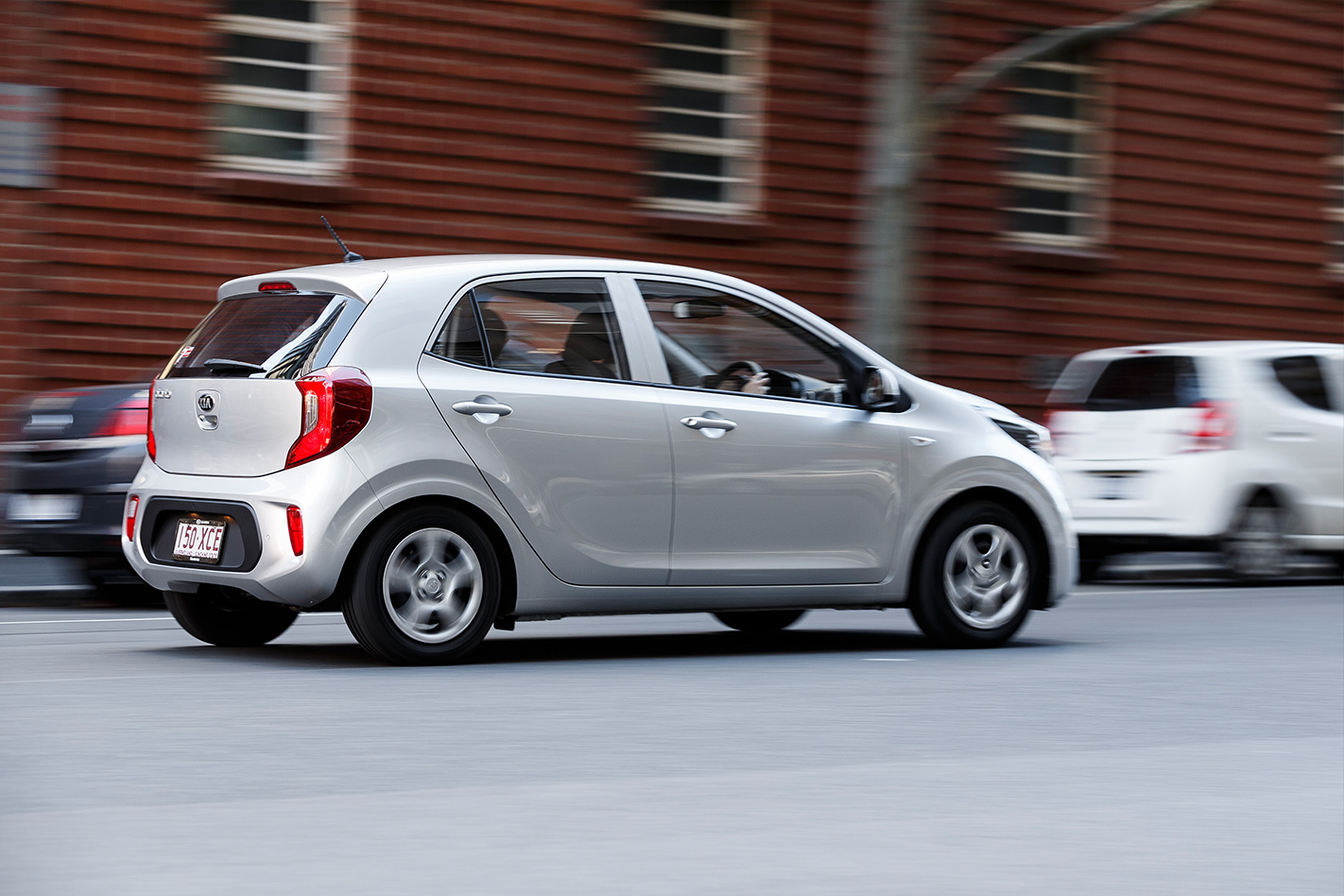
Still, the Kia has a spry yet equallysure-footed nature that makes it the most fun and alert of the trio, highlighting a decent degree of Australian-road tuning going on. And because the ride is sufficiently absorbent as well as the quietest here, comfort is the best for all occupants overall.
Kia Picanto v Suzuki Ignis v Holden Spark VIDEO comparison review
Ultimately, the combination of the Picanto’s accommodation, performance, efficiency and dynamics haul in the still-impressive Spark, and the Kia’s exceptional design, presentation, value and aftersales support propel it ahead. What last year’s model threatened to do, the new version achieves, with verve.
Driven benignly on smooth bitumen, virtues like design, packaging and efficiency prove that the Ignis has the right ingredients. But insufficient steering and suspension development for our roads sour the Suzuki experience.
As the company’s Margherita model then, the Picanto bodes well for future Kias with lots more toppings. Let’s hope it has an, ahem … domino effect.
